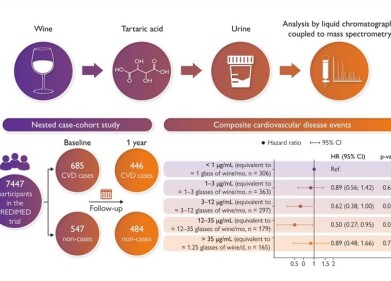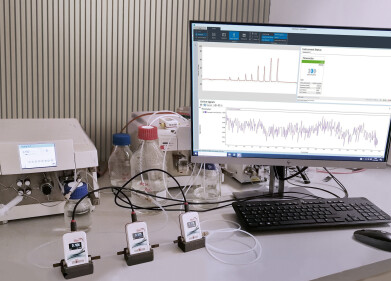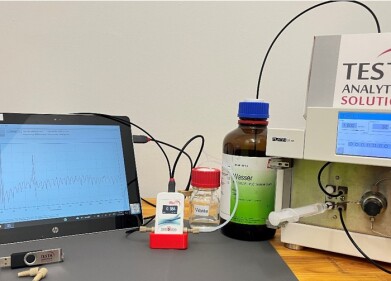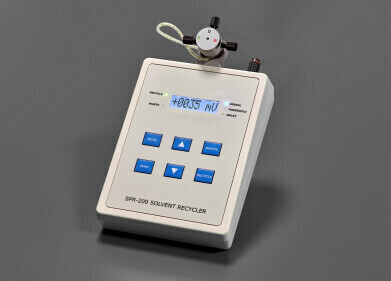Chromatography
Why Haven’t We Stopped Legal Highs?
Feb 12 2015
People have been taking illegal drugs for centuries, but due to the growing popularity of legal highs, the problem has recently mushroomed. First becoming popular three years ago, legal highs such as mephedrone, which has a similar effect to MDMA, gave party-goers the chance to get a kick while keeping on the right side of the law. Mephedrone has now been banned, but Pandora’s Box had already been opened, with an additional 350 legal highs having been banned by the government since.
As well as being legal, these highs are cheaper than their illegal counterparts, and more easily obtained, making them particularly attractive to young people, who more often than not don’t see the risks involved. It’s impossible for buyers to know their purity and what other chemicals are included in the mix, and deaths linked to legal highs have recently multiplied.
‘Superman’ legal high kills four Britons
Legal highs known as ‘Superman’ caused the deaths of four young people in Britain in December. Made to resemble MDMA (ecstasy), these pills actually contained no ecstasy but a large, lethal dose of the substance PMMA. Unlike MDMA, which boosts serotonin levels, PMMA blocks the enzyme that breaks down serotonin, and its effects include overheating and brain and muscular damage.
An alert was issued for the Netherlands, the country of the pills’ origin, days before the first fatality. But no alert was issued to the UK, as there was no evidence that the drugs had reached the UK at this stage.
Importing the precursor for PMMA is relatively cheap and as there are also no legal barriers, taking controlling is a very difficult task. Deaths linked to PMMA in Britain are not new, but numbers have recently risen significantly.
What are the solutions to legal highs?
When a new drug is identified, it is banned temporarily until it can be tested. But a slight tweak in the chemical formula can transform it into a completely different, and legal, drug, with similar effects. To deal with the problem, the UK government are considering a general ban, similar to Ireland’s system. Alternatively, it could follow New Zealand’s approach, which allows legal highs as long as the manufacturers can prove that they pose a low risk to users. Neither approach is perfect.
A ban would make testing the potentially positive effects of drugs more difficult and expensive for legitimate companies, and ensuring manufacturers prove the safety of their drugs could also prove tricky. Once a drug is outlawed, there is little evidence that its popularity declines – mephedrone use actually increased in Ireland following its ban. It isn’t immediately clear what the best approach for the UK will be, but what’s certain is that the current system doesn’t work.
In contrast to previous decades where drugs of abuse were produced domestically or smuggled in to the country, many now arrive in bogusly labelled consignments destined for private addresses in the UK. The UK borders agency frequently intercepts shipments of significant size containing unknown white powders. These often do not contain the ‘traditional’ drugs of abuse that are readily identified by technology available at ports of entry to the UK. In such situations, seizures are sent for further analysis at laboratories, typically utilising GCMS, in an attempt to make an identification. For more information on this topic, read: The Identification of Illegal Anabolic Steroids in Customs Seizures by GCMS and High Resolution LCMS.
Digital Edition
Lab Asia 31.6 Dec 2024
December 2024
Chromatography Articles - Sustainable chromatography: Embracing software for greener methods Mass Spectrometry & Spectroscopy Articles - Solving industry challenges for phosphorus containi...
View all digital editions
Events
Jan 22 2025 Tokyo, Japan
Jan 22 2025 Birmingham, UK
Jan 25 2025 San Diego, CA, USA
Jan 27 2025 Dubai, UAE
Jan 29 2025 Tokyo, Japan



















